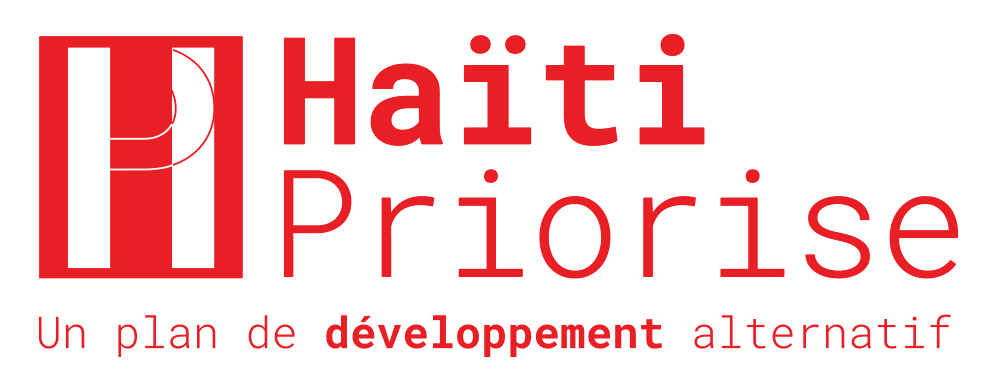Haïti Priorise: Cookstoves, Larsen
Description of Problem
Household air pollution from solid fuels is the fourth-most serious risk factor in Haiti for death and disability, after child and maternal malnutrition, unsafe sex, and high blood pressure. It caused one in ten deaths in 2016, claiming more than 8,200 lives.
Health effects include ischemic heart disease, cerebrovascular disease (stroke), lung cancer, and chronic obstructive pulmonary disease among adult women and men, and acute lower respiratory infections among children under five years of age and adult women and men.
The vast majority of Haiti -- 94% of the population – cooks with solid fuels, evenly split between wood and charcoal. Nearly half the population cooks outdoors, more than 1/3rd in a separate building, and 15% in the house. Almost all households using solid fuels cook over an open fire or an open stove.
Very few households have adopted improved cookstoves which are more efficient and cleaner burning. LPG has the lowest rate of use in the Americas.
Biomass fuels are expensive, reflecting the scarcity of forested land. A kilogram of charcoal costs nearly fifty US cents. Thus a household can spend up to a dollar on charcoal per day, in a nation where the World Bank estimates more than half the population lived on less than US$1 a day as recently as 2012.
Solutions
- Improved wood stoves: targeting the 48% of the population using wood as primary cooking fuel
- Improved charcoal stoves: targeting the 46% of households using charcoal as primary cooking fuel
- LPG stoves
- Ethanol stoves
Summary Table of the BCR
| Interventions | BCRs |
|---|---|
| Improved charcoal and wood stoves (ICS-C and ICS-W) | 3.9 |
| LPG and ethanol stoves for households currently cooking with wood | 1.2 |
| LPG and ethanol stoves for households currently cooking with charcoal | 2.2 |
The use of solid biomass cooking fuels by one household affects surrounding households. There are therefore benefits from stove promotion programs being community-focused with the aim of achieving “unimproved stove free” and eventually “solid biomass free” communities along the lines of community-led sanitation programs and open defecation free communities.
Large-scale roll-out of cleaner cookstoves has had limited success in Haiti so far. Some factors influencing adoption rates are:
- High initial cost of improved charcoal stove, LPG and ethanol stoves;
- High annual fuel cost of LPG and ethanol fuel;
- Need to tailor to consumers’ preferences for stove characteristics;
- Requirement of installment financing for stoves;
- Need for well-targeted information campaigns.
Benefits, Costs, and BCRs
Benefits
- Health benefits include avoided deaths and associated illness. In total, over 4,150 deaths could be avoided annually by full community adoption of LPG or ethanol.
- Non-health benefits include a reduction in wood collection time: 30 minutes per household per day, along fuelwood savings - worth as much as 6000 HTG per year for some households, if a full switch to LPG or ethanol is made.
Costs
- Basic improved stoves can cost less than US$10 but often do not provide fuel savings beyond 25%, provide limited emission reduction benefits, and have poor durability.
- Intermediate improved stoves cost US$25-35, provide up to 50% fuel savings and substantial emission reduction benefits.
- Stove maintenance and repairs of improved cook stoves and LPG and ethanol stoves.
- Program costs include promotion, community participation, and behavioral change programs. These are assumed to cost US$10 per household in the first year (promotion and monitoring), and US$ 2 per household per year in subsequent years (monitoring).
- Cooking with LPG or ethanol is much more expensive due to the fuel cost. However, health benefits are 1.5-2 times larger than cooking with ICS, and thus this is the only longer term solution to combatting the health effects of solid fuels.

